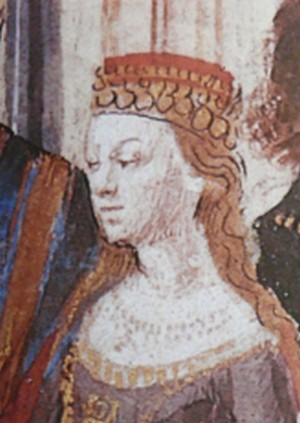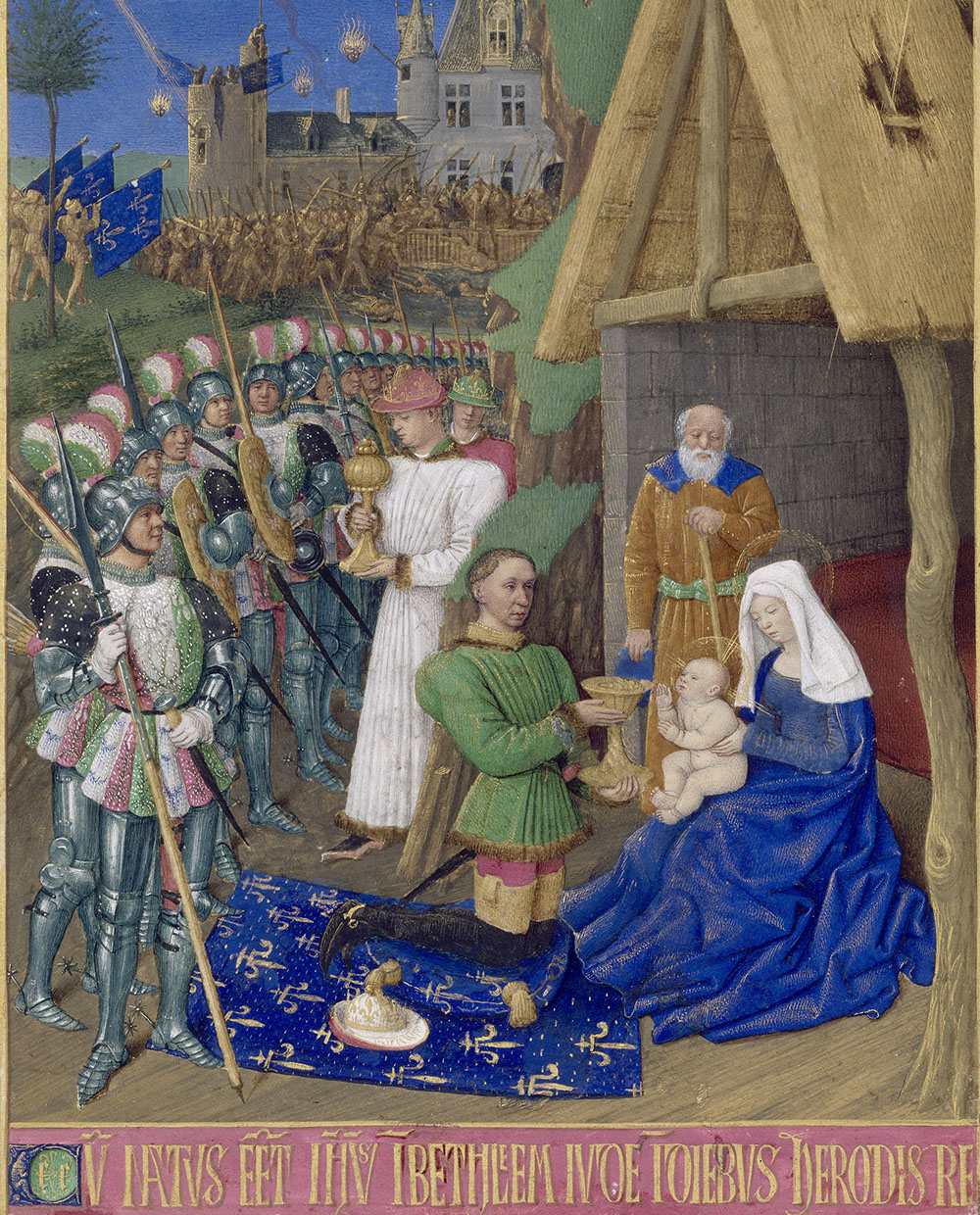|
Dammartin-en-Goële
Dammartin-en-Goële ( or ) is a commune in the Seine-et-Marne department in the Île-de-France region in north-central France. It is around northeast of the centre of Paris. Geography It is well situated on a hill forming part of the plateau of the Goële, and is known as ''Dammartin-en-Goële'' to distinguish it from Dammartin-sur-Tigeaux, a small commune in the same department. It is around northeast of Charles de Gaulle Airport. History Dammartin is historically important as the seat of a county of which the holders played a considerable part in French history. The earliest recorded count of Dammartin was a certain Hugh, who made himself master of the town in the 10th century; but his dynasty was replaced by another family in the 11th century. Reynald I, count of Dammartin (d. 1227), who was one of the coalition crushed by King Philip Augustus at the battle of Bouvines (1214), left two co-heiresses, of whom the elder, Maud (Matilda or Mahaut), married Philip Hurepel, ... [...More Info...] [...Related Items...] OR: [Wikipedia] [Google] [Baidu] |
Count Of Dammartin
The Counts of Dammartin were the rulers of the county of Dammartin, based in the current commune of Dammartin-en-Goële as early as the 10th century. Located at the central plain of France, the county controlled the roads of Paris to Soissons and Laon. It seems that this county was initially held by Constance, the wife of Manasses Calvus, the first Count. The name Dammartin-en-Goële comes from ''Domnus Martinus'', the Latin name of St. Martin of Tours, who evangelized the region of Goële in the fourth century. A small town in the district of Meaux in the Department of Seine-et-Marne, ancient village of Region of Île-de-France, it appears to go back to the earliest times; Dammartin-en-Goële, also called Velly, was in 1031 one of the most significant places in France. House of Montdidier * Manasses (before 1031 – 1037), son of Hildouin II de Montdidier, seigneur de Ramerupt, married to Constance, daughter of Robert II of France * Odo (1037–1060), son of the preceding * H ... [...More Info...] [...Related Items...] OR: [Wikipedia] [Google] [Baidu] |
Philip Hurepel
Philip I of Boulogne (Philip Hurepel) (1200–1235) was a French prince, Count of Clermont-en-Beauvaisis in his own right, and Count of Boulogne, Mortain, Aumale, and Dammartin-en-Goële ''jure uxoris''. Philip was born in September 1200, the son of Philip II of France and his controversial third wife Agnes of Merania. Illegitimacy shadowed his birth and career, but he was legitimated by Pope Innocent III. He was associated with founding the Tour du Guet in Calais. He is the first recorded person to bear a differenced version of the arms of France. Marriage Philip was married in c. 1223 to Matilda II, Countess of Boulogne. Philip, by right of his wife, became Count of Boulogne, Mortain, Aumale, and Dammartin-en-Goële. He revolted against his sister-in-law Blanche of Castile when his elder half-brother Louis VIII died in 1226. When Philip died in 1235, Matilda continued to reign and was married to Afonso III of Portugal Afonso III (; rare English alternatives: ''Alp ... [...More Info...] [...Related Items...] OR: [Wikipedia] [Google] [Baidu] |
Philip II Of France
Philip II (21 August 1165 – 14 July 1223), byname Philip Augustus (french: Philippe Auguste), was King of France from 1180 to 1223. His predecessors had been known as kings of the Franks, but from 1190 onward, Philip became the first French monarch to style himself "King of France" (Latin: ''rex Francie''). The son of King Louis VII and his third wife, Adela of Champagne, he was originally nicknamed ''Dieudonné'' (God-given) because he was a first son and born late in his father's life. Philip was given the epithet "Augustus" by the chronicler Rigord for having extended the crown lands of France so remarkably. After decades of conflicts with the House of Plantagenet, Philip succeeded in putting an end to the Angevin Empire by defeating a coalition of his rivals at the Battle of Bouvines in 1214. This victory would have a lasting impact on western European politics: the authority of the French king became unchallenged, while the English King John was forced by his barons ... [...More Info...] [...Related Items...] OR: [Wikipedia] [Google] [Baidu] |
Communauté D'agglomération Roissy Pays De France
The Communauté d'agglomération Roissy Pays de France is a '' communauté d'agglomération'' in the Val-d'Oise and Seine-et-Marne '' départements'' and in the Île-de-France '' région'' of France. It was formed on 1 January 2016 by the merger of the former ''communauté d'agglomération Val de France'', ''communauté d'agglomération Roissy Porte de France'' and 17 communes that were part of the Communauté de communes Plaines et Monts de France.Arrêté interpréfectoral 9 November 2015 Its seat is in Roissy-en-France. [...More Info...] [...Related Items...] OR: [Wikipedia] [Google] [Baidu] |
Matthieu Coignet
Matthieu Coignet (c. 1514–1586) was a French lawyer, ambassador, landowner, and author. Thanks to an early English translation, some English-language sources give his name as Martyn Cognet. Life By 1549 Coignet was an advocate in the ''Parlement'' of Paris, a high appellate court. He was also Master of Requests to the French Queen, Catherine de' Medici, and in 1559 was appointed as procurator general of the ''Parlement'' of Savoy. On 22 February 1580 he was noted as a member of the '' Conseil du Roi'', a sometime ambassador to Schwyz and the Grisons, Master of Requests, and lord (''seigneur'') of La Tuillerie-les-Dampmartin and of part of Bregi-en-Mulcian. Louis Moréri, ''Le grand dictionnaire historique, ou le melange curieux de l'histoire sacrée et profane'' (Vol. 6 of 19th edition, Paris, 1744)p. 774/ref> He died in 1586, aged 72. Publications La Croix du Maine LA most frequently refers to Los Angeles, the second largest city in the United States. La, LA, or L.A. may a ... [...More Info...] [...Related Items...] OR: [Wikipedia] [Google] [Baidu] |
Philippe De Boulainvilliers
Philippe is a masculine sometimes feminin given name, cognate to Philip. It may refer to: * Philippe of Belgium (born 1960), King of the Belgians (2013–present) * Philippe (footballer) (born 2000), Brazilian footballer * Prince Philippe, Count of Flanders, father to Albert I of Belgium * Philippe d'Orléans (other), multiple people * Philippe A. Autexier (1954–1998), French music historian * Philippe Blain, French volleyball player and coach * Philippe Najib Boulos (1902–1979), Lebanese lawyer and politician * Philippe Coutinho, Brazilian footballer * Philippe Daverio (1949–2020), Italian art historian * Philippe Dubuisson-Lebon, Canadian football player * Philippe Ginestet (born 1954), French billionaire businessman, founder of GiFi * Philippe Gilbert, Belgian bicycle racer * Philippe Petit, French performer and tightrope artist * Philippe Petitcolin (born 1952/53), French businessman, CEO of Safran * Philippe Russo, French singer * Philippe Sella, French rug ... [...More Info...] [...Related Items...] OR: [Wikipedia] [Google] [Baidu] |
Jean De Chabannes
Jean may refer to: People * Jean (female given name) * Jean (male given name) * Jean (surname) Fictional characters * Jean Grey, a Marvel Comics character * Jean Valjean, fictional character in novel ''Les Misérables'' and its adaptations * Jean Pierre Polnareff, a fictional character from ''JoJo's Bizarre Adventure'' Places * Jean, Nevada, USA; a town * Jean, Oregon, USA Entertainment * Jean (dog), a female collie in silent films * "Jean" (song) (1969), by Rod McKuen, also recorded by Oliver * ''Jean Seberg'' (musical), a 1983 musical by Marvin Hamlisch Other uses * JEAN (programming language) * USS ''Jean'' (ID-1308), American cargo ship c. 1918 * Sternwheeler Jean, a 1938 paddleboat of the Willamette River See also *Jehan * * Gene (other) * Jeanne (other) * Jehanne (other) * Jeans (other) * John (other) John is a common English name and surname: * John (given name) * John (surname) John may also refer to: New ... [...More Info...] [...Related Items...] OR: [Wikipedia] [Google] [Baidu] |
Burgundy (region)
Burgundy (; french: link=no, Bourgogne ) is a historical territory and former Regions of France, administrative region and province of east-central France. The province was once home to the Duke of Burgundy, Dukes of Burgundy from the early 11th until the late 15th century. The capital of Dijon was one of the great European centres of art and science, a place of tremendous wealth and power, and Western Monasticism. In early Modern Europe, Burgundy was a focal point of courtly culture that set the fashion for European royal houses and their court. The Duchy of Burgundy was a key in the transformation of the Middle Ages toward early modern Europe. Upon the 9th-century partitions of the Kingdom of Burgundy, the lands and remnants partitioned to the Kingdom of France were reduced to a ducal rank by King Robert II of France in 1004. The House of Burgundy, a cadet branch of the House of Capet, ruled over a territory that roughly conformed to the borders and territories of the modern ... [...More Info...] [...Related Items...] OR: [Wikipedia] [Google] [Baidu] |
Louis XI Of France
Louis XI (3 July 1423 – 30 August 1483), called "Louis the Prudent" (french: le Prudent), was King of France from 1461 to 1483. He succeeded his father, Charles VII. Louis entered into open rebellion against his father in a short-lived revolt known as the Praguerie in 1440. The king forgave his rebellious vassals, including Louis, to whom he entrusted the management of the Dauphiné, then a province in southeastern France. Louis's ceaseless intrigues, however, led his father to banish him from court. From the Dauphiné, Louis led his own political establishment and married Charlotte of Savoy, daughter of Louis, Duke of Savoy, against the will of his father. Charles VII sent an army to compel his son to his will, but Louis fled to Burgundy, where he was hosted by Philip the Good, the Duke of Burgundy, Charles' greatest enemy. When Charles VII died in 1461, Louis left the Burgundian court to take possession of his kingdom. His taste for intrigue and his intense diplomatic ... [...More Info...] [...Related Items...] OR: [Wikipedia] [Google] [Baidu] |
Joan Of Arc
Joan of Arc (french: link=yes, Jeanne d'Arc, translit= �an daʁk} ; 1412 – 30 May 1431) is a patron saint of France, honored as a defender of the French nation for her role in the siege of Orléans and her insistence on the coronation of Charles VII of France during the Hundred Years' War. Stating that she was acting under divine guidance, she became a military leader who transcended gender roles and gained recognition as a savior of France. Joan was born to a propertied peasant family at Domrémy in northeast France. In 1428, she requested to be taken to Charles, later testifying that she was guided by visions from the archangel Michael, Saint Margaret, and Saint Catherine to help him save France from English domination. Convinced of her devotion and purity, Charles sent Joan, who was about seventeen years old, to the siege of Orléans as part of a relief army. She arrived at the city in April 1429, wielding her banner and bringing hope to the demoralized Fr ... [...More Info...] [...Related Items...] OR: [Wikipedia] [Google] [Baidu] |
Reynald V
Reynald is a given name. Notable people with the name include: * Reynald de Châtillon (1125–1187), French Knight who served in the Second Crusade * Francis Reynald Wewengkang (born 1971), current Persija Jakarta Football player * Reynald Lemaître (born 1983), French football (soccer) midfielder * Reynald Pedros (born 1971), former French footballer of Spanish descent See also *Acton Reynald Acton Reynald is a village in the north of Shropshire, England. The village is perhaps more of a hamlet in that it does not contain a public house, Post Office, or any other features typically associated with villages. It is in close proximity to ..., village in the far North of Shropshire, England {{Ronald-name French masculine given names ... [...More Info...] [...Related Items...] OR: [Wikipedia] [Google] [Baidu] |


